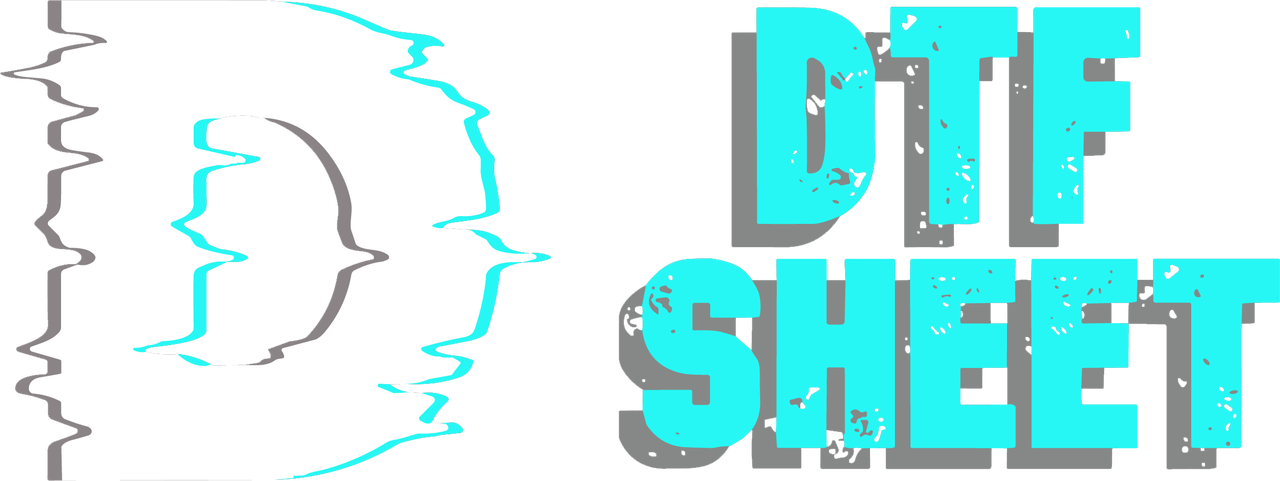There are some problems encountered in the printing process. In DTF printing, a process of learning and experimentation is important to achieve the best results. This process is not only important for printing but also for production processes.
With the necessary training and knowledge, some consequences are minimized. During this time, however, a lot of experience is gained while printing. Wasted material and time is one of the problems encountered in the printing process. However, it is also possible to talk about the existence of different problems in the DTF printing process. Below we will discuss some of the most common mistakes in DTF printing.
Color Management
Color management is one of the most important factors in the DTF printing process. If color profiles are not set correctly, it will cause color errors. Color errors are known to cause unwanted color differences in printing. The solution to this problem is to regularly check and calibrate color management systems.
Ink Staining
Ink staining can occur due to many factors in the printing process. Especially if the ink is cured and there is excess ink on the fabric. When we come to the solution, first of all, it is necessary to change the temperature and pressure setting. At the same time, the ink settings of the printer should also be changed. Thus, the amount of ink consumed will decrease and staining will not occur.
Double Printing or Ghosting Problem
If the fabric is not cured properly, ghosting or double printing may occur. As a result of this problem, the image may become blurred. Therefore, it is considered a major error in the printing of the design. To solve this problem, you can use a fabric clamp with a higher tension. Alternatively, you can change the printer settings to increase the time between print layers.
Problems with White Ink
White ink is one of the most common errors in DTF transfer results. This problem occurs because the white ink is not blended properly. It can also occur if the printer is not properly calibrated. A white ink error will cause a gray color or may not print. The solution to the problem is to properly blend the white ink or change the printer calibration settings.
Ink Adhesion Problems
Poor ink adhesion can occur if the ink does not penetrate the fabric sufficiently. As a result of this failure, the ink may flake off the fabric. It can also lead to rapid fading. To remedy the error, it is necessary to maximize ink penetration. For this, the ink settings should be changed. A pre-treatment solution to prepare the fabric for printing will also be an effective solution.
DTF Printhead (Nozzle) Clogging Problem
The printhead is the most important part of a DTF transfer printer. If this part gets clogged, it will cause a big problem. However, this problem may occur from time to time. The important thing is to prevent it from happening often. To do this, you need to prolong the life and use of the printhead. There are many precautions you should take in this regard. The main one is to clean the printhead regularly. This blockage can also occur in printers that are not used for a long time. Therefore, one of the measures to be taken to prevent clogging is to use the printer regularly.
Inconsistencies in Color
Inconsistencies in color occur when the ink is not properly blended and the printer is not properly calibrated. Careful blending of the ink is necessary to eliminate color inconsistency. Another solution is to optimize the color calibration.




























